Related Research Articles

The economy of Seychelles is based on fishing, tourism, processing of coconuts and vanilla, coir rope, boat building, printing, furniture and beverages. Agricultural products include cinnamon, sweet potatoes, cassava (tapioca), bananas, poultry and tuna.
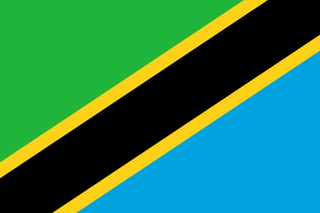
Tanzania, officially the United Republic of Tanzania, is a country in East Africa within the African Great Lakes region. It borders Uganda to the north; Kenya to the northeast; the Indian Ocean to the east; Mozambique and Malawi to the south; Zambia to the southwest; and Rwanda, Burundi, and the Democratic Republic of the Congo to the west. Mount Kilimanjaro, Africa's highest mountain, is in northeastern Tanzania. According to 2022 national census, Tanzania has a population of nearly 62 million.
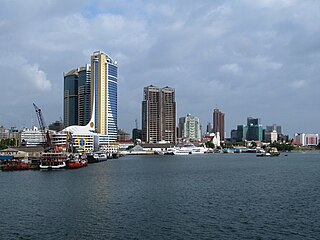
The economy of Tanzania is a lower-middle income economy that is overwhelmingly dependent on agriculture. Tanzania's economy has been transitioning from a command economy to a market economy since 1985. Although total GDP has increased since these reforms began, GDP per capita dropped sharply at first, and only exceeded the pre-transition figure in around 2007.

The Ministry of Agriculture, Forestry and Fisheries is a cabinet level ministry in the government of Japan responsible for oversight of the agriculture, forestry and fishing industries. Its acronym is MAFF. The current Minister of Agriculture, Forestry and Fisheries is Taku Etō.

Agriculture, farming, and fishing form the primary sector of industry of the Japanese economy together with the Japanese mining industry, but together they account for only 1.3% of gross national product. Only 20% of Japan's land is suitable for cultivation, and the agricultural economy is highly subsidized.

Rorya District is a district in Mara Region, United Republic of Tanzania. The district capital is the small town of Ingri Juu, while the largest town is Shirati. The district was created in 2007 from a part of Tarime District. It is bordered by Tarime District to the east, Butiama District to the south, Lake Victoria to the west, and the Republic of Kenya to the north. The majority of inhabitants are from the Luo tribe. Other ethnic group is Kurya. Kine, Simbiti,Sweta and Hacha are sub-groups within Kurya ethnic group.

Although agriculture is the second-largest sector in the economy, Libya depends on imports in most foods. Climatic conditions and poor soils limit farm output, and domestic food production meets about 25% of demand. Domestic conditions limit output, while income and population growth have increased food consumption. Because of low rainfall, agricultural projects like the Kufra Oasis rely on underground water sources. Libya's primary agricultural water source remains the Great Man-made River (GMMR), but significant resources are being invested in desalinization research to meet growing demand. Libyan agricultural projects and policies are overseen by a General Inspector; there is no Ministry of Agriculture, per se.

Fishing in India is a major sector within the economy of India contributing 1.07% of its total GDP. The fishing sector in India supports the livelihood of over 28 million people in the country, especially within the marginalized and vulnerable communities. India is the third largest fish producing country in the world accounting for 7.96% of the global production and second largest producer of fish through aquaculture, after China. The total fish production during the FY 2020-21 is estimated at 14.73 million metric tonnes. According to the National Fisheries Development Board the Fisheries Industry generates an export earnings of Rs 334.41 billion. Centrally sponsored schemes will increase exports by Rs 1 lakh crore in FY25. 65,000 fishermen have been trained under these schemes from 2017 to 2020. Freshwater fishing consists of 55% of total fish production.

Fishing in Ghana is made up of both ocean caught fish, as well as freshwater fishing in lakes and rivers.

Until the 1960s, agriculture and fishing were the dominant industries of the economy of South Korea. The fishing industry of South Korea depends on the existing bodies of water that are shared between South Korea, China and Japan. Its coastline lies adjacent to the Yellow Sea, the East China Sea and the Sea of Japan, and enables access to marine life such as fish and crustaceans.
The Ministry of Agriculture, Food Security and Cooperatives was a ministry of the Government of Tanzania. Under the first Magufuli Cabinet it was merged into the Ministry of Agriculture, Livestock and Fisheries.
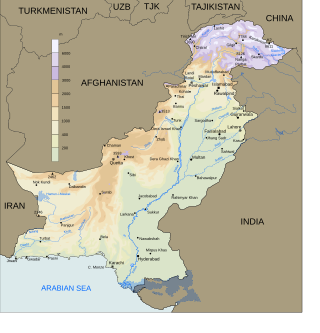
Fishery and fishing industry plays a significant part in the national economy of Pakistan. With a coastline of about 1,120 km, Pakistan has enough fishery resources that remain to be developed. Most of the population of the coastal areas of Sindh and Balochistan depends on fisheries for livelihood. It is also a major source of export earning.

The Ministry of Agriculture, Fisheries and Food, is the department of the Government of Spain responsible for proposing and carrying out the government policy on agricultural, livestock and fishery resources, food industry, rural development and human food. The Ministry is responsible for assigning Veterinary Surgeons to carry out checks in regard to the issuing of REGA Licences a requirement for the ownership of horses on Spanish property and small holdings.

Agriculture in Somalia is a major employment activity and is the largest economic sector in the country. It contributes more than 65% to the national GDP from domestic distribution and exports to other parts of the continent, the Middle East and Europe.
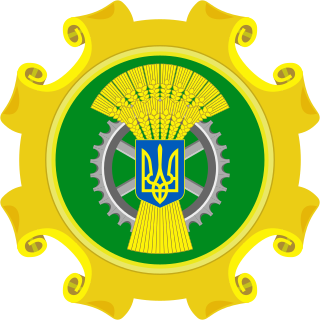
The Ministry of Agrarian Policy and Food is the central executive authority of Ukraine in charge of country's agro-development. It is one of the oldest government agencies of Ukraine. On 29 August 2019 the ministry's function were taken over by the Ministry of Economic Development, Trade and Agriculture. On 17 December 2020 the ministry was resurrected.

Blue economy is a term in economics relating to the exploitation, preservation and regeneration of the marine environment. Its scope of interpretation varies among organizations. However, the term is generally used in the scope of international development when describing a sustainable development approach to coastal resources. This can include a wide range of economic sectors, from the more conventional fisheries, aquaculture, maritime transport, coastal, marine and maritime tourism, or other traditional uses, to more emergent activities such as coastal renewable energy, marine ecosystem services, seabed mining, and bioprospecting.
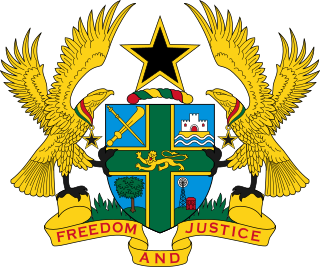
The Ministry of Fisheries and Aquaculture Development is a ministry in the Ghanaian government that concentrates on carrying out development interventions to move the fisheries sector and the industry to contribute efficiently to the overall development of the Ghanaian economy. This forms part of the 2014-2017 Sector Medium Term Development Plan.
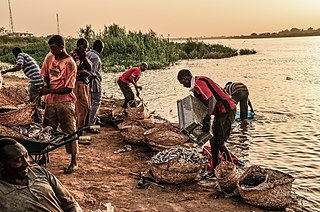
Fishing in Sudan is largely carried out by the traditional sector for subsistence, although a number of small operators also use the country's major reservoirs and the rivers to catch fish for sale locally and in nearby urban centers. There are also some modern fishing ventures, mainly on Lake Nubia and in the Red Sea.
Primary Industries and Regions SA (PIRSA), also known as Primary Industries and Regions South Australia, and the Department of Primary Industries and Regions SA, is an agency of the South Australian Government whose focus is the economic development of the state of South Australia. Its key areas of work include primary sector industries, and biosecurity.

The Pradhan Mantri Matsya Sampada Yojana (PMMSY)(http://pmmsy.dof.gov.in/) is an initiative launched by the Government of India to establish a comprehensive framework and reduce infrastructural gaps in the fisheries sector. The scheme was announced by the Finance Minister, Nirmala Sitharaman during her speech in the parliament of India while presenting the Union budget for 2019–20 on 5 July 2019. The government intends to place India in the first place in Fish production and processing by implementing Neeli Kranti (transl. Blue Revolution). This scheme is in line with governments aim to double the farmers' income by 2022–23.
References
- ↑ Vision & Mission, Ministry of Livestock and Fisheries Development
- ↑ "President Samia makes changes in cabinet and regional administration". The Citizen. 2023-02-26. Retrieved 2023-03-01.
- ↑ "Livestock,fisheries budget adopts blue economy drive". IPP Media. May 26, 2022.
- ↑ "Gov to supply 320 modern fishing boats to SMEs in fisheries sector". IPP Media. May 27, 2022.